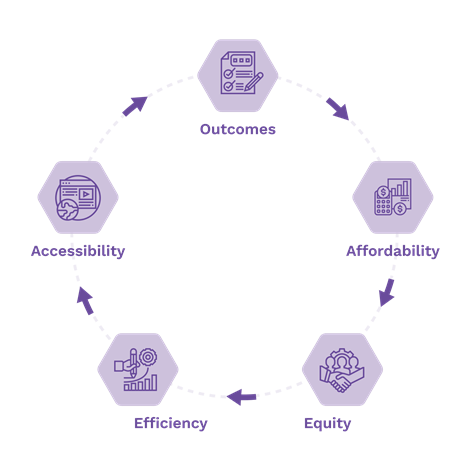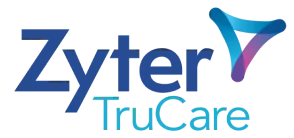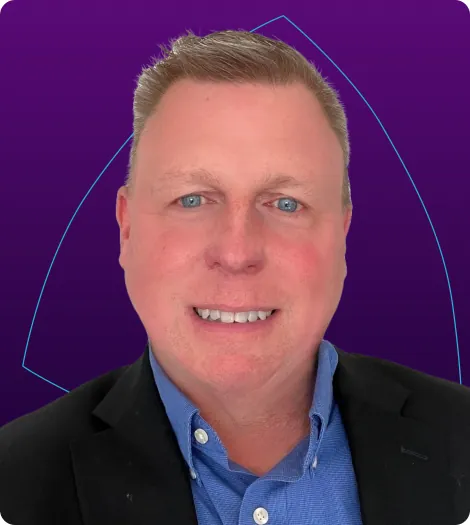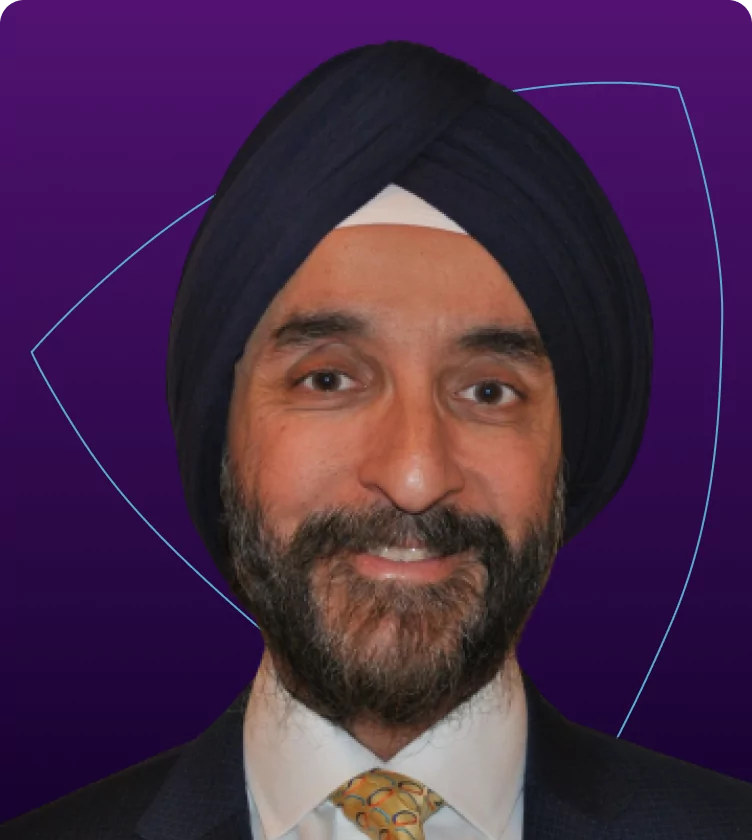A “flywheel” is a mechanical device that conserves angular momentum to store rotational energy. The concept of the flywheel effect is based on the principle that once a flywheel is set in motion, it takes less energy to keep it going than it does to start it in the first place. A flywheel is challenging to push from a standstill. But, once it starts moving, it gradually builds momentum, enabling the wheel to turn by itself and create even more momentum through a self-reinforcing loop.
Amazon made this concept popular in business with its flywheel effect or “virtuous cycle” which represents a tangible way to drive traffic to their platform.
In healthcare, a flywheel refers to a positive cycle of improvement that occurs when small, incremental changes lead to significant improvements over time. In practice, it means making small changes to processes or systems so that healthcare organizations can create positive momentum. This momentum builds over time, leading to significant improvements in patient outcomes, operational efficiency, and the overall quality of care. This premise girds the movement to value-based care.
A healthcare organization might start by implementing a new electronic health record system, which could improve data accuracy and clinical decision-making. Eventually, this could lead to better patient outcomes and increased patient satisfaction. This innovation inspires enhanced staff morale and reduced staff turnover. As these incremental improvements continue, the organization can reinvest resources into further advancing processes and systems, creating a virtuous cycle of successful performance.
The flywheel effect applied to healthcare can help companies refine their operations, resulting in better patient outcomes and optimal population health impact.
So how do you begin applying this concept to your company? You might need to invest in something that acts as the “flywheel” like different types of software, services, or a combination of the two. For example, we use the product-as-a-service (PaaS) approach at Zyter|TruCare to best serve our customers. Our business model is a combination of products accompanied by supporting services, thus, we are a Product-as-a-Service (PaaS) type organization.
Our Flywheel
Overview:
Our flywheel combines our software products and supporting services to make healthcare outcomes more attainable. One of our offerings is Remote Patient Monitoring (RPM) software and services. We source, set up, and service remote devices for our clients who ask us to send them to the homes of their customers. Both the patient and provider then use our corresponding RPM applications to make health from home and other remote locations happen.
Evolving regulatory requirements, digital influences, competitive threats, and shifts to value-based payment strategies are changing priorities for healthcare leaders. By embracing intelligent automation with disruptive technologies like artificial intelligence, the healthcare sector has been re-imagining its technological landscape by seamlessly automating complex operational processes and administrative tasks that clutter the healthcare system. In addition, evolving artificial intelligence bolsters a company’s culture improves team effectiveness, and enables healthcare organizations to revolutionize the experiences across the ecosystem.
Scaling artificial intelligence can provide a competitive advantage but involves a significant investment in the people and processes to achieve the full value. This is why many healthcare organizations delegate non-core activities like software development to external service product-as-a-service vendors to leverage more competitive cost structures.
Hybrid models are also emerging in the market for core activities. Hybrid models, combining onshore and offshore resources, are emerging in the market, enabling organizations to achieve economies of scale. These models provide flexibility aligned with market demands and a 24/7 digital customer experience.
What is Product-as-a-Service?
We are a product-as-a-service (PaaS) company that combines our software products and supporting services to make positive healthcare outcomes more achievable for our clients. This combination is unique when compared to many of our larger, non-point solution competitors. A great example of this is our Remote Patient Monitoring solution. RPM has two main components: 1) a Mobile App (for patients) and 2) a Web App (for healthcare professionals). In addition to our application (software), we also offer full fulfillment logistics (services). We are looking to extend our ability to offer more services for our population health initiatives including clinicians.
To win as a PaaS business model, we must be champions of not only our differentiated products and features, but also the positive health outcomes they shape. Our customers strive striving for the best possible outcomes in every market we serve. With the push toward value-based care, those outcomes become a sustainable source of their revenue while lowering the overall cost of healthcare for all. So, through our flywheel (software, services, compliance, & risk-based pricing), we will help our customers achieve the Quintuple Aim. The Quintuple Aim and its focus on improved outcomes, patient satisfaction, clinician well-being, lower costs, and health equity is an investment that can be a game changer for society and the economy as well. You can see in the table below precisely how we help clients achieve these outcomes.

Specifically, we offer a Mobile App (for patients) and a Web App (for healthcare professionals). Our RPM is one of the few RPM devices worldwide to have a 510k clearance letter from the FDA (compliance) – so in addition to our software, we also offer fulfillment logistics services. We are FedRamp and FISMA compliant and have the Authority to Operate (ATO) at U.S. Department of Defense and Department of Veterans Affairs (VA) facilities. This combination is meaningful to our customers who neither develop software nor want to manage LTE-enabled devices. It is this combination that makes us unique and valuable. RPM is just one of the many product-as-a-service models we provide to help our clients to better communicate and monitor their patients.
So how can software and service help render improved value-based care? Let’s take a deeper look.

OUTCOMES
First, we start with Outcomes. Health is a business whether we accept it or not. We understand the business factors that create better clinical outcomes in every market we serve. We build our solutions to produce measurable outcomes attributable to risk pools. By knowing the desired clinical and financial outcomes our customers want to achieve, we help them make more intelligent decisions based on our software and services.
Using our RPM example, healthcare providers drive down the cost of care per unit because virtual care is less costly. They reduce the total cost of care because they can intervene promptly and prevent complications by monitoring vital signs and other health metrics through remote data and telehealth. They also drive up revenue outcomes through the Relative Value Unit (RVU) Multiplier for RPM medical services billed to Medicare ($33.89 is the 2023 value, varied by clinical specialty and the geographic locations of practices or facilities).
AFFORDABILITY
The rising cost of healthcare is unsustainable and has ushered the need for a value-based, risk-shared approach. Our Payer and risk-bearing customers want to drive down costs and improve affordability through two levers:
- Increased operational efficiency
- Reduced medical costs
Yet, these are hard to do maintaining quality care. That’s where Zyter comes in. Our PaaS solutions are designed around the optimal workflow to ensure efficient and effective patient encounters that align with attribution models. And of course, our solutions augment our client’s unique methodologies for managing the full continuum of care for their patients.
Using our RPM, we help your business reduce healthcare costs and drive affordability by minimizing potentially avoidable hospital readmissions and emergency department visits. It can also help healthcare providers to manage chronic conditions more efficiently, reducing the need for in-person visits and expensive interventions.
HOLISTIC + EQUITABLE
So far, the model is efficient and effective; however, healthcare suffers dramatically from inherent inequity and systemic barriers to care. How we help solve this inequity, is by applying our ONEview data models. We believe people are their whole self, more than just the sum of their claims data. Our ONEview data models integrate information from demographics, psychographics, clinical values, and SDOHs. This comprehensive data set enables better accessibility for the individual, holistically, even within a risk pool. All businesses know that with a richer set of data come better insights and the ability to address barriers to care equitably.
Using our RPM example, barriers to care are overcome by bringing more health to the home. More importantly, it reasonably positions patients to become more engaged by providing real-time health data. Data can empower patients to actively manage their conditions and make informed decisions about their care.
HAPPY PROVIDERS
Unfortunately, much of what the market has done to solve rising healthcare costs has only added to the provider’s workload, often making them unwilling software users. But we’ve accomplished a lot to change that.
We believe in a human-centered approach to our software design. We aim to help providers and care managers work at the top of their license and significantly improve how they engage with their patients. We aim to help providers make better-informed decisions using easier-to-follow processes, improving their job satisfaction and their retention.
Using our RPM example, healthcare providers can monitor multiple patients simultaneously in the home and other remote environments, so they can more easily identify those who need immediate attention. This ensures they can better manage their workload and provide more holistic patient care. Additionally, our telehealth solutions reduce administrative burdens and make the seamless collaboration with patients, in the context of their whole risk, possible.
HAPPY PATIENTS
The goal of healthcare is to improve the health and happiness of humans. The intention of value-based healthcare is to do the same within a risk pool. We believe that to make value-based care a reality, we must make it easier for providers to adopt and more accessible for patients to consume. We aim to deliver on the promise of value-based care for anyone, from anywhere, at any time. Put another way, we facilitate the right care, through the right channel, in a person’s moment of need.
Using our RPM example, we enable patients to receive care in the comfort of their own homes, which is more convenient and less stressful than visiting a healthcare facility. This accessibility can lead to higher patient satisfaction. It also empowers them to be active in their care, which is a fundamental need for the outcomes we seek. So, we end up back where we started – in a virtuous cycle.
IN SUMMARY
The flywheel effect of value-based healthcare pivots on delivering high-quality care, achieving positive outcomes, and building reputation of outstanding customer service and trust. Across the board, our purpose-built technology and services for payers, providers, and public health organizations make possible the delivery of value-based care to anyone, from anywhere, at any time, and within risk-based arrangements. Our solutions unite Care Management, Utilization Management, Telehealth, Remote Patient Monitoring, SDOHs, and more on a single platform, with intelligent wrap-around services.
From enabling consumers and caregivers to accelerate their adoption and extension of virtual and home-based care to driving positive outcomes for populations with increasingly complex healthcare needs, our PaaS is built with holistic healthcare in mind. We utilize next-generation managed care models by integrating digital and non-acute care solutions into a coordinated end-to-end offering at an affordable price. We support our providers and patients with world-class technology and resources so they may attract more patients, reinvest in quality improvement, and create a cycle of continuous advancement and success.


















